A Comparative Analysis of Physiotherapy, Osteopathy, and Exercise Physiology in the Treatment of Ankylosing Spondylitis
Introduction:
Ankylosing Spondylitis (AS) is a chronic inflammatory arthritis that primarily affects the spine, causing pain, stiffness, and potentially leading to fusion of the vertebrae. As part of the comprehensive management of AS, various therapeutic approaches are employed, with physiotherapy, osteopathy, and exercise physiology playing significant roles. In this article, we will explore and compare these three modalities in the treatment of Ankylosing Spondylitis.
1. **Physiotherapy:**
Physiotherapy is a cornerstone in the management of AS, focusing on improving flexibility, reducing pain, and enhancing overall function. Physiotherapists design personalized exercise programs to address specific limitations and tailor interventions to the individual's needs. Range of motion exercises, stretching, and breathing exercises are often included to maintain spinal mobility and reduce stiffness. Additionally, physiotherapy may involve education on posture and body mechanics, aiding in the prevention of deformities.
Pros:
- Targeted exercises can improve flexibility and reduce pain.
- Education on posture and body mechanics helps in preventing deformities.
- Personalized programs can address individual limitations.
Cons:
- Requires regular sessions and commitment to an exercise routine.
2. **Osteopathy:**
Osteopathy is a holistic approach that focuses on the musculoskeletal system's interrelated nature. Osteopathic practitioners use manual techniques, such as soft tissue manipulation and joint mobilization, to improve mobility, reduce pain, and enhance the body's self-healing mechanisms. In the context of AS, osteopathy may target not only the spine but also peripheral joints and tissues affected by the condition.
Pros:
- Manual techniques can address specific areas of pain and stiffness.
- Holistic approach considers overall musculoskeletal health.
- May provide relief from pain and improve mobility.
Cons:
- Limited scientific evidence supporting its efficacy in AS.
- Treatment outcomes may vary between individuals.
3. **Exercise Physiology:**
Exercise physiology involves the prescription of physical activity to improve overall health and fitness. In the context of AS, exercise physiologists develop exercise programs that encompass cardiovascular fitness, strength training, and flexibility exercises. This approach aims to enhance cardiovascular health, muscle strength, and joint flexibility, contributing to an improved quality of life for individuals with AS.
Pros:
- Comprehensive exercise programs improve cardiovascular health and overall fitness.
- Strength training can support joint stability and function.
- Tailored programs can accommodate varying levels of fitness.
Cons:
- Requires consistent effort and adherence to the exercise routine.
- May not specifically target the unique needs of AS patients.
Conclusion:
In the treatment of Ankylosing Spondylitis, physiotherapy, osteopathy, and exercise physiology each bring unique strengths to the table. Physiotherapy offers targeted exercises and education, osteopathy employs manual techniques for holistic improvement, and exercise physiology focuses on overall fitness. A multidisciplinary approach, combining elements of these modalities, may provide a well-rounded strategy for managing AS, tailored to individual needs and preferences. It is crucial for individuals with AS to work closely with healthcare professionals to determine the most effective and personalized treatment plan for their condition.
